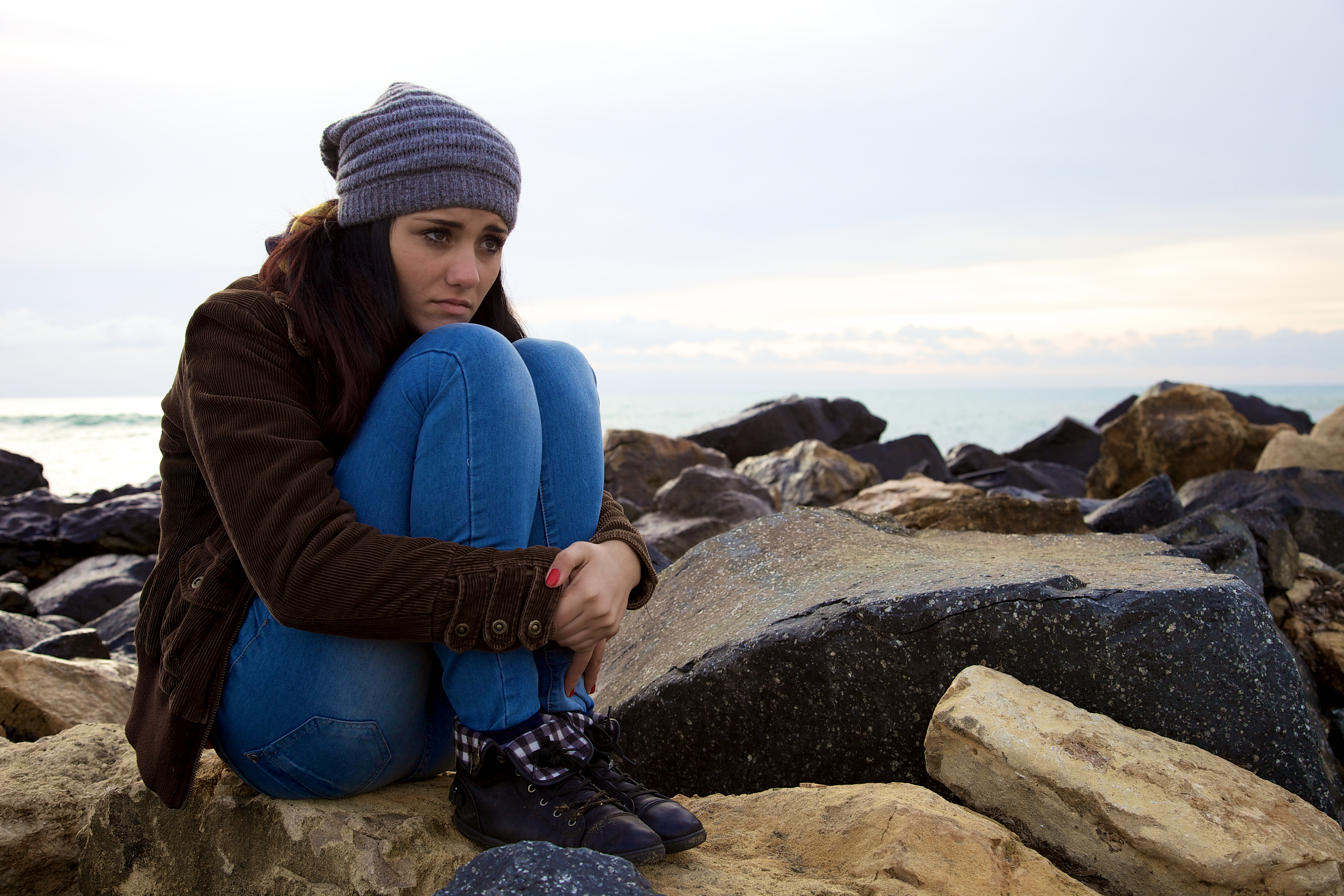Coping with Seasonable Affective Disorder

The weather is dreary. The sun goes down much sooner in the day. You’re in a funk that you can’t seem to get out of lately. If you feel this way, you may be suffering from winter depression, or seasonal affective disorder.
Seasonal affective disorder (SAD) affects 4 to 6 percent of people. Women are more likely to suffer from it, but many men also do. Most sufferers begin to notice the signs of it after 20 years of age.
While the symptoms of SAD can be quite debilitating, there are ways to overcome them. This can make getting through the winter much more bearable.
How to Cope with SAD
The following are some of the ways you can cope with SAD:
Know the Symptoms
Knowing the symptoms of SAD can help you recognize when it has become a problem in your life.
- You have a change in appetite.
- You’re gaining unexplained weight.
- Your arms and legs feel heavy.
- Your energy level has decreased significantly.
- You’re tired much of the day.
- It’s hard to get out of bed in the morning.
- You find it hard to concentrate.
- You’re more irritable than normal.
- Social rejection affects you more than it used to.
- You start isolating yourself.
When you know the symptoms, you can move on to dealing with them.
 Increase Exposure to Daylight
Increase Exposure to Daylight
One of the causes of winter depression is the lack of daylight. To counteract that, be sure to open blinds and spend more time outdoors. It may be cold, but the daylight will help you. If possible, move your desk next to a window.
Spend More Time Having Fun
Another reason SAD creeps in is because people often stop having as much fun when the weather gets colder. Be sure to continue participating in activities you enjoy, even if you have to make certain adjustments to the way you do them. For example, if you can’t go outside to run, go to a gym instead. If you take your children to the park in the spring and summer, take them to an indoor playground such as in a mall or at a bouncy house.
Exercise and Eat Well
When you’re cooped up inside you may find you don’t feel like exercising or you want to indulge in comfort foods. Don’t take it easy too much. While some downtime is good, going overboard with it could end up contributing to your SAD symptoms. Be sure to continue healthy eating and exercising despite how you feel to overcome it.
Take Prescribed Medications
Your physician may prescribe some anti-depressants or vitamins during the winter to help you cope with your SAD. Be sure to take them as directed. Refrain from drinking alcohol and illegal drugs, which could compound the problems you are q1currently experiencing.
Try Light Therapy
Since sunlight has a lot to do with SAD, and you can’t make the sun shine in the winter, you may want to try light therapy. In one study, 43 percent of participants found light therapy decreased their depression symptoms. Light therapy can mimic the effects of the sun. There are visors, light boxes, and special light bulbs for the exposure.
Pay Attention to Worsening SAD Symptoms
Be mindful of your symptoms. If you find they are getting worse, contact your physician or psychiatrist for an appointment.
Final Thoughts
Many studies have found medication and therapy can significantly reduce depression, so consider calling us for an appointment. By implementing the above coping strategies, consulting with a medical professional, and therapy, you can beat SAD to continue feeling productive and happy throughout the winter season.



